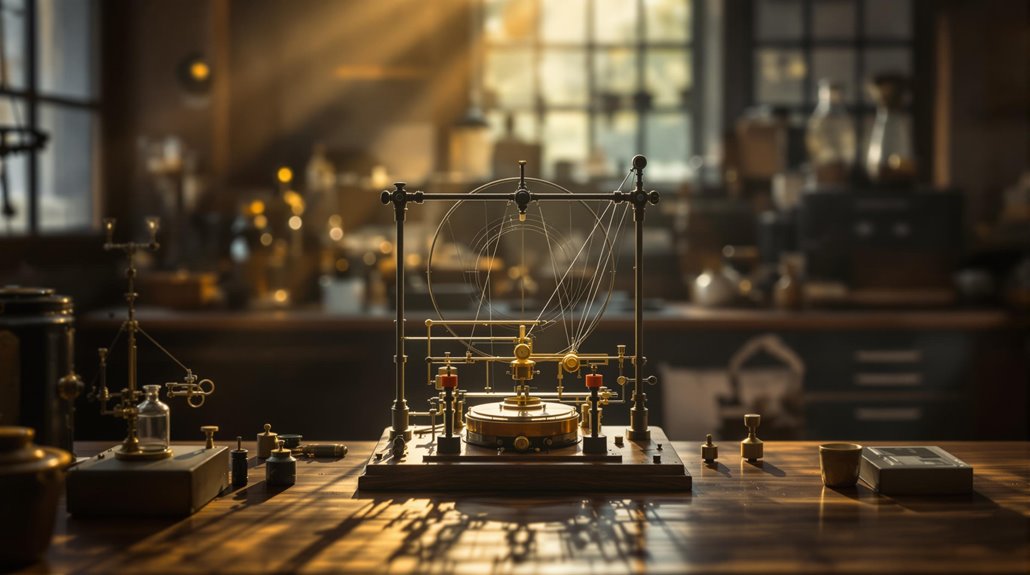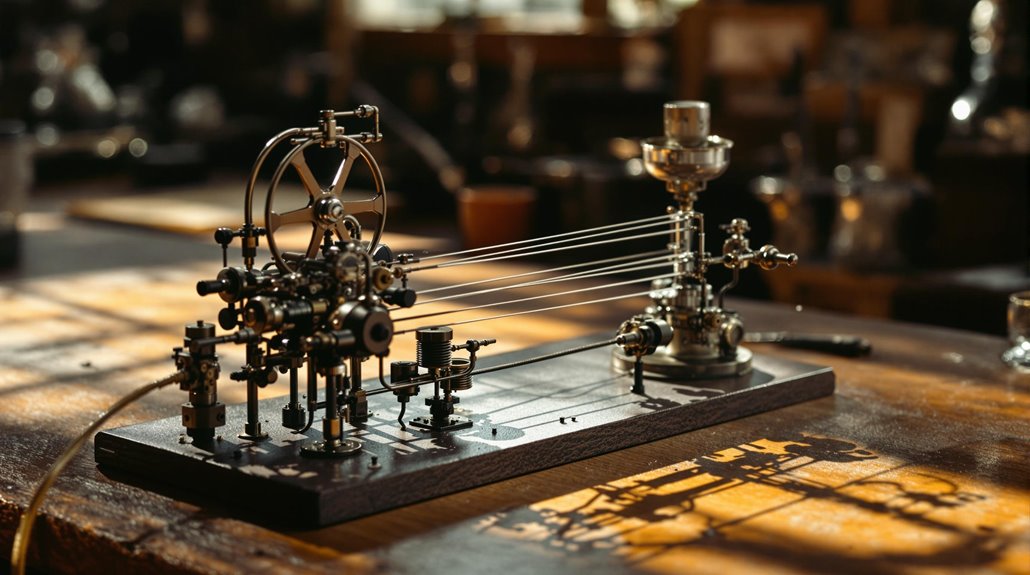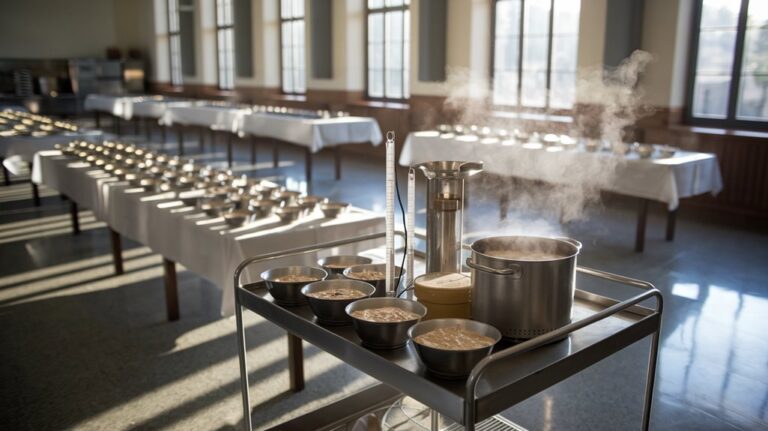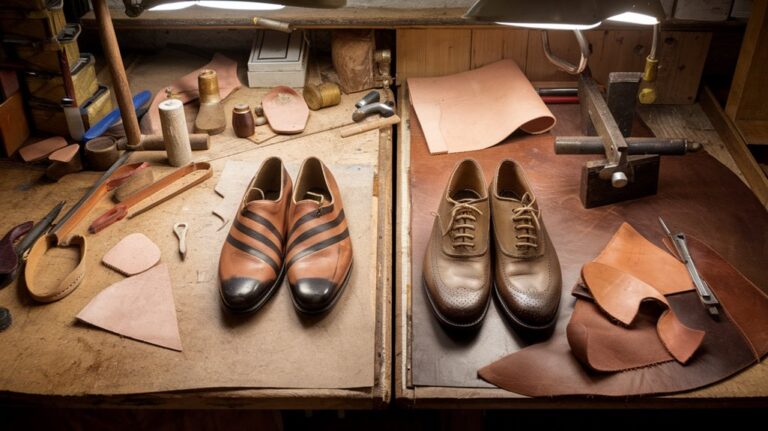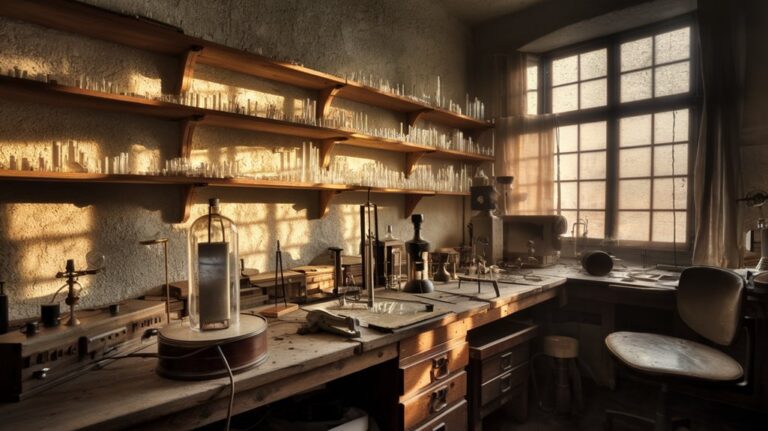Willem Einthoven’s Heartbeat on Paper: The Kooky String Device Everyone Doubted
Did you know that doctors once needed five people to operate a single heart monitoring machine? Back in 1901, Willem Einthoven's massive 270kg string galvanometer seemed like an impossible dream to most medical professionals. You might wonder how this bulky contraption, dismissed as impractical by leading physicians, transformed into today's portable ECG devices. It's a tale of persistence, precision, and a Dutch doctor's unwavering belief that he could capture the heart's electrical symphony on paper.
The Dutch Doctor With a Wild Dream
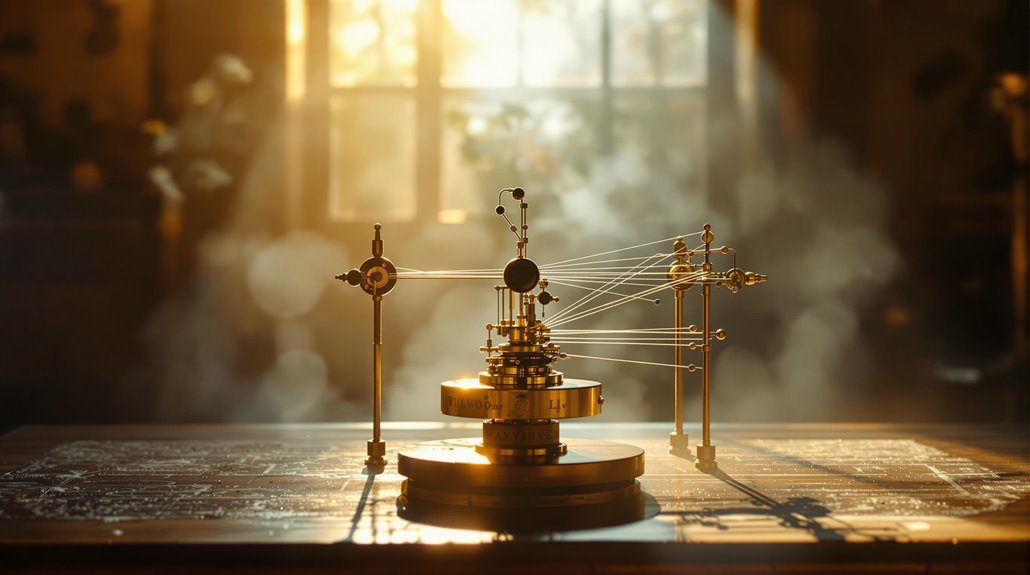
A brilliant young doctor from the Dutch East Indies would eventually revolutionize how we perceive the human heart. Born in 1860 in Semarang, Java, Willem Einthoven faced early hardship when his father, an army medical officer, passed away.
At just ten years old, he relocated to the Netherlands, where his pioneering spirit began to take shape.
You might wonder what sparked Einthoven's vision. After completing his medical studies at Utrecht and becoming a professor at Leiden University in 1886, he dove into the mysteries of the heart's electrical activity.
While others saw just squiggly lines through Augustus Waller's capillary electrometer, Einthoven saw potential.
This athletic professor, who championed physical education and founded a rowing club, understood the heart's power – both in sports and science. His revolutionary work earned him the Nobel Prize in 1924. His dedication to medicine and research was evident as he spent the rest of his life at Leiden University.
Birth of the 270kg Heart-Reading Machine
Three years of relentless experimentation led Einthoven to create his masterpiece in 1901 – the string galvanometer.
You wouldn't believe the sheer size of this breakthrough device: a 270kg behemoth that required water cooling and five people to operate. Yet Einthoven's innovations made it possible to detect the tiniest electrical signals from the heart, as small as one-millionth of a volt.
The historical significance of his creation can't be overstated. The machine used a thin silver-coated quartz wire suspended between powerful electromagnets. The device would go on to revolutionize cardiac care through its ability to record heart pulses.
When your heart's electrical current passed through the wire, it moved within the magnetic field. This movement cast shadows on photographic paper, finally giving doctors a way to see the heart's electrical activity on paper. His pioneering work earned him the Nobel Prize in 1924 for his groundbreaking contributions to electrocardiography.
When Medical Giants Said "No Way"
Despite Einthoven's groundbreaking invention, the medical establishment met his electrocardiogram with harsh skepticism and resistance. You might wonder why leading cardiologists initially rejected such a revolutionary diagnostic innovation. The answer lies in the complex nature of ECG recordings and the limited understanding of cardiac electrical activity at the time.
Medical skepticism ran deep, as physicians preferred their traditional diagnostic methods and questioned the ECG's practical value in clinical settings. They worried about misinterpretation of results, the need for specialized training, and whether the device's cost could be justified. Inspired by the work of Augustus Waller, Einthoven sought to improve upon the crude ECG device that preceded his invention. Through his relentless research, he developed sophisticated methods to measure heart's electrical patterns accurately.
But as more research emerged demonstrating the ECG's remarkable diagnostic capabilities, doubts began to fade. By 1924, when Einthoven received the Nobel Prize in Medicine, his once-doubted invention had transformed from medical oddity to essential tool.
Proving the Skeptics Wrong: First Heartbeats on Paper
Medical skepticism melted away as early pioneers began capturing heartbeats on paper, proving that electrical cardiac activity could be measured and analyzed.
You'd be amazed to learn that the first heartbeat tracing emerged from a German doctor's ingenious use of candle soot and human hair in the 1850s. The skeptics' doubts further diminished when A.D. Waller achieved the first actual heart measurement in 1887 using Lippman's capillary electrometer. Johann Hahn became the first documented patient to have his pulmonary condition recorded through these early measurements.
But it was Willem Einthoven who truly silenced critics with his groundbreaking string galvanometer in 1901. By dipping patients' limbs in saline-filled buckets and forming what's now known as Einthoven's triangle, he created precise recordings that transformed cardiac diagnosis. These early recordings paved the way for the heartbeat messages that would later be included on NASA's Voyager Golden Record.
His work proved so revolutionary that it earned him the Nobel Prize and established the foundation for modern ECG technology.
From Crazy Idea to Nobel Prize Glory
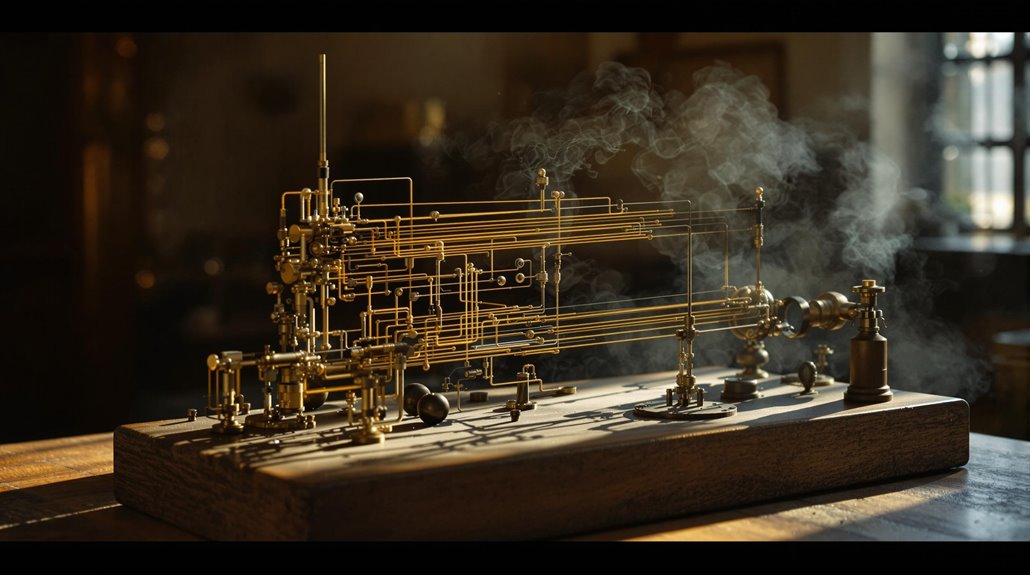
When Willem Einthoven revealed his 600-pound string galvanometer in 1901, few could've imagined it would revolutionize cardiac medicine.
You'd need five operators and water cooling just to run this behemoth, yet this seemingly impractical device sparked a scientific revolution in heart diagnostics. By 1909, doctors were using this remarkable invention to diagnose arrhythmias in patients.
His groundbreaking invention used a fine quartz wire instead of traditional moving parts, making it far more sensitive than previous measuring devices.
The String That Changed Modern Medicine Forever
A thin silver-coated quartz string, suspended between powerful electromagnets, formed the heart of Einthoven's revolutionary invention. This string technology, while deceptively simple, transformed medical diagnostics forever.
You'd be amazed at how this massive 270-kilogram machine worked. As electrical currents from your heart passed through the string, it moved within the magnetic field, casting shadows on photographic paper. The result? Your heartbeat, captured on paper for the first time in history.
After studying at the University of Utrecht, Einthoven's fascination with physiology led him to develop this groundbreaking device. This medical innovation required:
- A water-cooling system for the electromagnets
- A team of five skilled operators
- Precise calibration of the delicate quartz string
Despite its complexity, this device laid the foundation for modern electrocardiography.
When Einthoven sent the first "telecardiogram" through telephone wires in 1905, he opened the door to remote heart monitoring – a capability we still rely on today. His dedication to perfecting this technology earned him the Nobel Prize in 1925.

